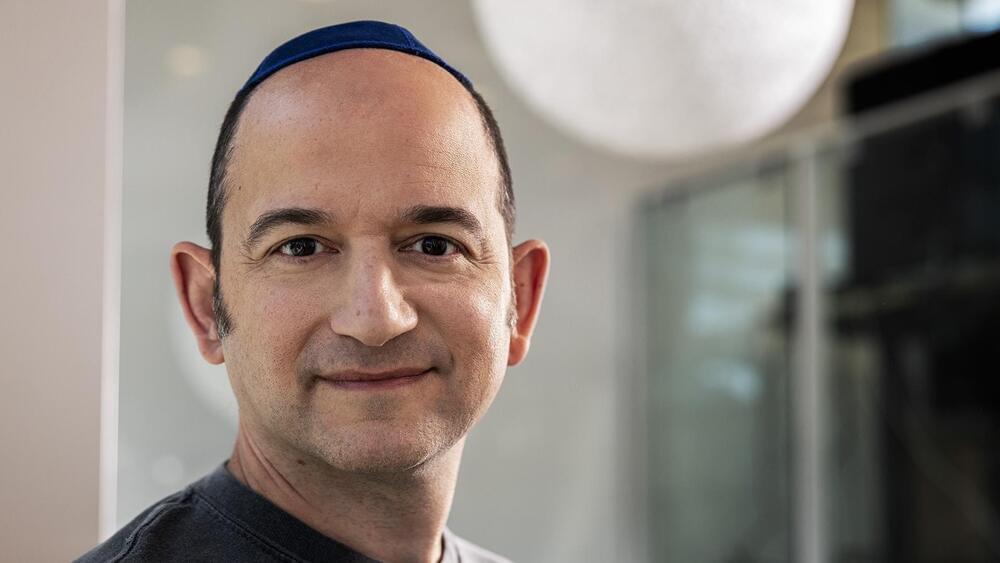A sealed tomb featuring a fresco of Cerberus – the three-headed dog from Ancient Greek mythology – has been uncovered in Italy.
The burial chamber was discovered in Giugliano, a suburb of Naples, and is believed to be some 2,000 years old.
It was found on farmland during an archaeological survey carried out prior to the start of maintenance work on the city’s water system.









